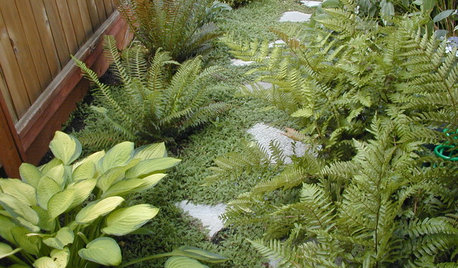Hi, and if I may, i'd like to post a sort of initial inquiry, as to whether any upper U. S. A. or Canadian Christmas tree plantation operators who happen to have BALSAM FIRS or other fir species, happen to be around. And would be willing, if applicable, to help me with information for my research project.
(This post is going to need to be on the long side, just so anyone reading will know that in advance..._)
Growers in other areas happening to have a lot to do with balsams or other firs (Abies_) species also of interest to me IF they happen to be in an area with wild blueberries by their site--nearby AND happening to find their blueberries getting the "witches broom" disease from firs (or it could be considered the blueberries infecting the firs_). This in the disease that makes "witches broom" disease growths on the BLUEBERRY BUSHES (NOT on the fir trees_)--looking, often, like small whisk brooms, either green and alive or dead. (This is "not" the disease that makes witches brooms on the FIRS and is sometimes called the same name. The "witches broom" disease i'm thinking of, is the other one, the one called Pucciniastrum goeppertianum, scientifically, or by another "popular" name besides witches broom, sometimes also known I guess as fir-blueberry rust; also I guess sometimes known as fir needle rust).
I start out pointing toward far north growers, because I believe that they might be more likely to grow balsam firs, since they're native up here (and also possibly in some more southern mountain areas, I think, or some other firs might be wild there or grown there on plantations. Idaho and Colorado, too, I think, as to wild balsams_).
Even more who might have experience, would appear to be northern wild blueberry growers who, I think, very often get witches broom disease of blueberries a lot in their wild blueberry farms.
All of which is a lot of talking, toward the point which is
I'm hoping to find someone who knows things of this disease sort of on the balsam or other fir tree side--things about sort of how severely, under what circumstances, how permanently (or does it happen to be or appear to be non-permanent in a fir tree that gets it?_) and maybe anything else that comes to mind, other than maybe the most basic that to some point I may know already (such as , apparently it forms lines of spore capsules or similar, on one side of the needles, capsules usually white or yellow, spores that eventually burst out or are released, may be yellow or possibly orange). Especially important might be how much disease pressure a small amount of infected trees (or maybe one really big balsam, such as I have next to my experiment site_) appear to be able to put on nearby blueberries. If I could get information to help figure out whether this big balsam "of mine" is infected, how long it's been infected, etc--basically, how much pressure it itself may have been putting, and for how long, on the immediate one acre boggy-swamp full of blueberries, that alone would help a great deal(!)
The project I'm doing and have been doing for about fifteen years, is one that's working with this disease hoping to come up with some kind of answer, other than pesticides, to control it or better yet potentially start defeating it.
I don't know if this disease is definitely a serious one with plantations that include firs such as balsams, but I did see it listed in a list of ten Christmas tree diseases and how to treat them. On the blueberry side, as blueberry growers may know,especially growers of the wild ones, to date no known existing cultivars seem to exist. And little or no treatment plan seems to be known (other than, if planting fresh, trying to locate away from firs. or,if running a wild plantation, eradicating the cohost firs nearby, either of which isn't necessarily that often possible.)
If it might be any incentive or encouragement to help, either case, tree grower or blueberry grower, would a cure for this disease stand to be a real help to your farm and your industry?
Working hard on it, and so if you have solid knowledge on this that I am lacking, I'd appreciate your sharing if you'd be willing to take a few moments !
Thank you.
--Sincerely, "mephisto," grower(of blueberries_)/experimenter in Massachusetts














salicaceae
mephistoOriginal Author
Related Discussions
Abies lasiocarpa in the East?
Q
Most Heat Tolerant Firs
Q
Early May 2011 Pics of the Yard
Q
Let's talk tomatoes, again!
Q
akamainegrower
mephistoOriginal Author
akamainegrower
mephistoOriginal Author
mephistoOriginal Author
mephistoOriginal Author
akamainegrower